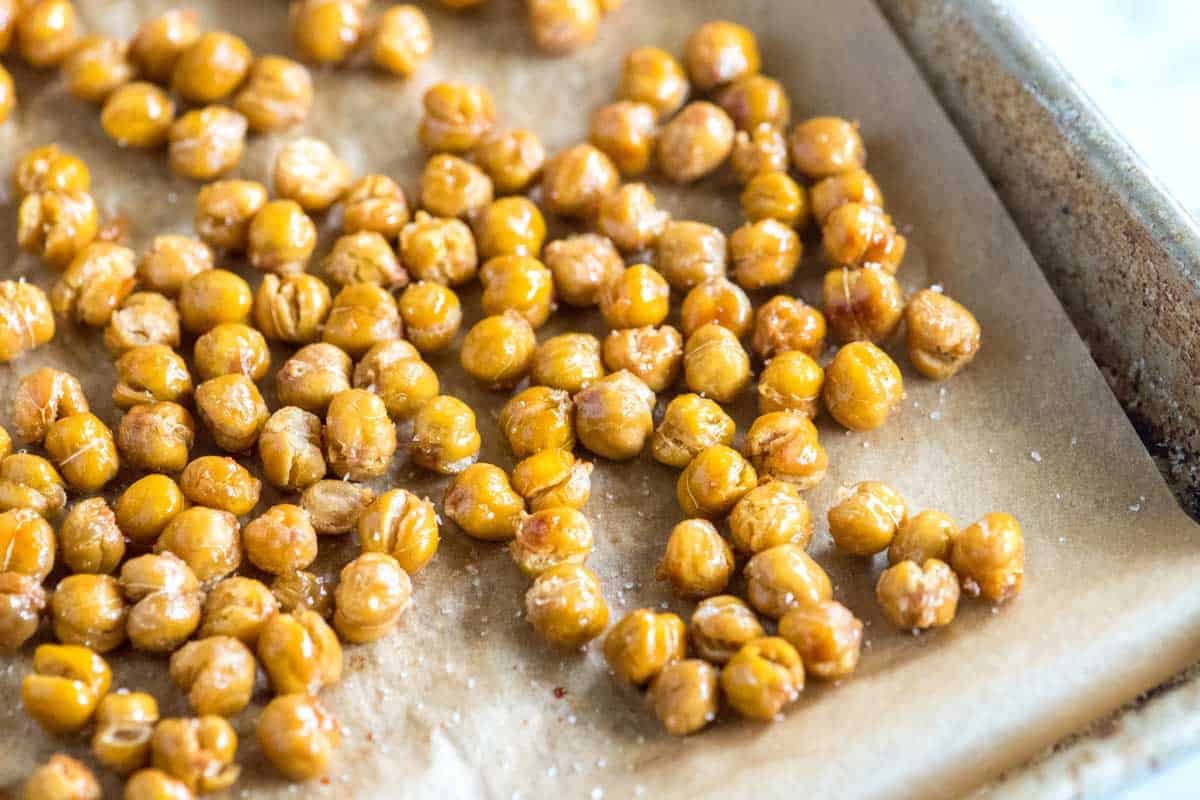

Articles
How To Store Roasted Chickpeas
Modified: December 7, 2023
Learn the best methods for storing roasted chickpeas in this informative article. Keep your snacks fresh and crunchy with these handy tips.
(Many of the links in this article redirect to a specific reviewed product. Your purchase of these products through affiliate links helps to generate commission for Storables.com, at no extra cost. Learn more)
Introduction
Welcome to the world of roasted chickpeas! These crunchy and flavorful snacks have gained popularity in recent years due to their nutritional value and delicious taste. Whether you’ve roasted your chickpeas at home or purchased them from a store, knowing how to store them properly is essential to maintain their freshness and preserve their texture. In this article, we will guide you through the steps to store roasted chickpeas to ensure they stay crispy and enjoyable for as long as possible.
Roasted chickpeas are a versatile snack that can be enjoyed on their own or added to salads, soups, and other dishes for an extra crunch. They are rich in protein, fiber, and various essential nutrients, making them a healthy alternative to traditional snacks. Whether you’re making a large batch of roasted chickpeas or just a small portion, following the right storage techniques will help you maximize their shelf life.
So, let’s dive into the steps you need to follow to store your roasted chickpeas properly. By doing so, you can ensure that they retain their crispy texture and flavorful taste, allowing you to enjoy them anytime you crave a nutritious and satisfying snack.
Key Takeaways:
- Properly storing roasted chickpeas is crucial for maintaining their crispy texture and flavor. Follow these steps to ensure your roasted chickpeas stay fresh and enjoyable for an extended period.
- Keep an eye out for signs of spoilage and regularly check the roasted chickpeas for mold, discoloration, and off-putting odors. By doing so, you can ensure that you’re consuming safe and delicious roasted chickpeas.
Read more: How To Store Chickpeas
Step 1: Cool the Roasted Chickpeas
After roasting your chickpeas, it’s important to let them cool completely before storing. This step is crucial as it helps prevent moisture buildup, which can lead to a loss of crunchiness and even mold formation.
Once you remove the roasted chickpeas from the oven, transfer them to a flat surface, such as a baking sheet or a cooling rack. Spread them out evenly, allowing the air to circulate and cool them down faster. Avoid leaving them in a hot pan or container, as residual heat can trap moisture and compromise their texture.
Typically, it takes around 15 to 20 minutes for roasted chickpeas to cool down completely. However, the cooling time may vary depending on the size and thickness of the chickpeas, as well as the roasting temperature. It’s best to exercise patience and ensure they are no longer warm to the touch before moving on to the next step.
Remember, cooling the roasted chickpeas before storing them is essential, as it helps maintain their desired crispy texture and extends their shelf life. So, resist the temptation to dig in right away and allow them to cool down completely.
Step 2: Transfer to an Airtight Container
Once your roasted chickpeas have cooled down, it’s time to transfer them to an airtight container. Airtight containers help seal in the freshness and protect the chickpeas from exposure to air, which can cause them to become stale and lose their crunchiness.
Choose a container that is the appropriate size for your batch of roasted chickpeas. If you’ve made a large quantity, opt for a larger container to ensure they will fit comfortably without overcrowding. It’s important to avoid using containers that are too large, as excess space can allow air to circulate and compromise the texture of the chickpeas.
When selecting an airtight container, look for one that is made of glass or food-grade plastic. These materials are nonporous and do not absorb moisture, which helps keep the roasted chickpeas dry and crisp. Additionally, ensure that the container has a secure and tight-fitting lid to prevent any air or moisture from entering.
Transfer the cooled roasted chickpeas into the airtight container, making sure not to crush or break them. You can gently pour them in or use a spatula to transfer them one by one, depending on your preference.
It’s worth noting that if you’ve seasoned your roasted chickpeas with spices or herbs, the flavors will continue to develop while in storage. So, if you prefer a milder taste, it’s a good idea to sample a few chickpeas at this stage and adjust the seasoning if necessary.
Once the roasted chickpeas are in the container, seal it tightly, ensuring there are no gaps or openings. This step is crucial to create a barrier against air and moisture, preserving the crunchiness and flavor of the chickpeas.
By transferring your roasted chickpeas to an airtight container, you’re taking a key step in prolonging their shelf life and maintaining their quality. This way, they’ll be ready to enjoy whenever you’re craving a satisfying and nutritious snack.
Step 3: Store in a Cool, Dry Place
Once your roasted chickpeas are safely stored in an airtight container, it’s important to find the ideal location to store them. The key is to choose a cool and dry place that is away from heat, direct sunlight, and moisture.
Heat can cause the roasted chickpeas to become soft and lose their crispiness. Therefore, avoid storing them near ovens, stovetops, or other sources of heat in your kitchen. Instead, opt for a pantry or cupboard that stays relatively cool throughout the day.
Direct sunlight can also affect the quality of the roasted chickpeas by speeding up the oxidation process and causing them to become stale. Therefore, it’s best to choose a storage location that is away from windows or any areas where sunlight can directly reach the container.
Moisture is another culprit that can compromise the texture and flavor of your roasted chickpeas. Avoid storing them in areas prone to high humidity, such as near sinks or in the refrigerator. Moisture can make the chickpeas soft and chewy, diminishing the satisfying crunch you desire.
It’s worth mentioning that storing roasted chickpeas in the refrigerator is not recommended. The cold and humid environment in the fridge can introduce moisture, leading to a loss of crispness. However, if you live in a particularly humid climate and the ambient temperature is consistently high, storing them in the refrigerator might be a better option than a warm pantry.
A cool, dry, and dark pantry or cupboard is an ideal location for storing your roasted chickpeas. Make sure to place them in a spot where they are not easily forgotten, allowing you to enjoy them before they expire.
By storing your roasted chickpeas in a cool and dry place, you are actively preserving their freshness and ensuring they remain crispy and delightful for an extended period of time.
Store roasted chickpeas in an airtight container at room temperature for up to 1 week. For longer storage, keep them in the refrigerator for up to 2 weeks or in the freezer for up to 3 months.
Step 4: Avoid Moisture and Humidity
To maintain the crispy texture and flavor of your roasted chickpeas, it’s crucial to protect them from moisture and humidity. These elements can cause the chickpeas to become soft, chewy, and even moldy.
Even though you have already transferred the roasted chickpeas to an airtight container, it’s essential to take additional precautions to ensure they stay dry and free from moisture.
Firstly, make sure the container is completely dry before adding the roasted chickpeas. Any residual moisture in the container can create a breeding ground for mold or make the chickpeas damp. Dampness can lead to loss of crunchiness and affect the overall quality of the snack.
Additionally, keep the container tightly sealed at all times. If you need to open it to enjoy the roasted chickpeas, be sure to close it tightly immediately after use. Leaving the container exposed to air increases the risk of moisture contamination.
If you live in an area with high humidity levels, consider placing a moisture absorber or desiccant packet inside the container. These small packets are available in stores and can help draw out any excess moisture, keeping the chickpeas dry and crispy. Just make sure the desiccant packet is food-safe and does not come into direct contact with the roasted chickpeas.
In case you notice any signs of moisture or condensation inside the container, it’s best to remove the roasted chickpeas and let them air out for a while. Once they are dry, transfer them to a new, dry container to ensure their freshness and quality are not compromised.
By implementing these measures to avoid moisture and humidity, you can enjoy your roasted chickpeas with their delightful crunchiness intact for a longer period.
Read more: How To Store Cooked Chickpeas
Step 5: Check for Spoilage
Over time, roasted chickpeas may begin to spoil, especially if they are not stored properly. Therefore, it’s important to periodically check for any signs of spoilage to ensure you’re consuming a safe and enjoyable snack.
Firstly, visually inspect the roasted chickpeas for any visible signs of mold, discoloration, or unusual growth. If you notice any fuzzy spots, green spots, or off-color chickpeas, it’s best to discard them immediately. Mold is a common occurrence when moisture or humidity is present, and consumption can lead to foodborne illnesses.
In addition to visual inspection, use your sense of smell to detect any off-putting odors. Rancid or sour smells are indicators that the roasted chickpeas may have spoiled. Spoiled chickpeas can develop a distinct and unpleasant odor, which is a clear indication that they should not be consumed.
Lastly, taste a few roasted chickpeas to determine their freshness. If they taste stale, musty, or have an off flavor, it’s a sign that they have gone bad. Fresh roasted chickpeas should have a crispy and nutty flavor with a hint of any seasonings you may have added during roasting.
It’s important to note that roasted chickpeas typically have a shelf life of about 2 to 3 weeks when stored properly. However, this can vary depending on various factors such as humidity, moisture levels, and the quality of the chickpeas used.
If you notice any signs of spoilage during the storage period, it’s best to err on the side of caution and discard the entire batch to avoid any potential health risks.
By regularly checking for spoilage, you can ensure that you’re consuming roasted chickpeas that are fresh, safe, and delicious.
Conclusion
Properly storing roasted chickpeas is essential to maintain their crispiness, flavor, and overall quality. By following the steps outlined in this article, you can ensure that your roasted chickpeas remain fresh and enjoyable for as long as possible.
Remember to cool the roasted chickpeas completely before transferring them to an airtight container. This prevents moisture buildup and helps preserve their desired crunchy texture. Choose a container with a tight-fitting lid, ensuring it is made of nonporous materials like glass or food-grade plastic to protect the chickpeas from air and moisture.
Store the roasted chickpeas in a cool, dry place that is away from heat, direct sunlight, and humidity. Keep an eye out for any signs of spoilage, such as mold, discoloration, or off-putting odors. If you detect any of these, it’s best to discard the roasted chickpeas to avoid any potential health risks.
With proper storage techniques, you can extend the shelf life of your roasted chickpeas and enjoy them as a healthy and satisfying snack whenever you desire. Experiment with different seasonings and add them to salads, soups, or enjoy them as a standalone snack.
So, go ahead and roast a batch of chickpeas, follow the steps outlined in this article, and indulge in these crunchy delights for weeks to come. Happy snacking!
Frequently Asked Questions about How To Store Roasted Chickpeas
Was this page helpful?
At Storables.com, we guarantee accurate and reliable information. Our content, validated by Expert Board Contributors, is crafted following stringent Editorial Policies. We're committed to providing you with well-researched, expert-backed insights for all your informational needs.
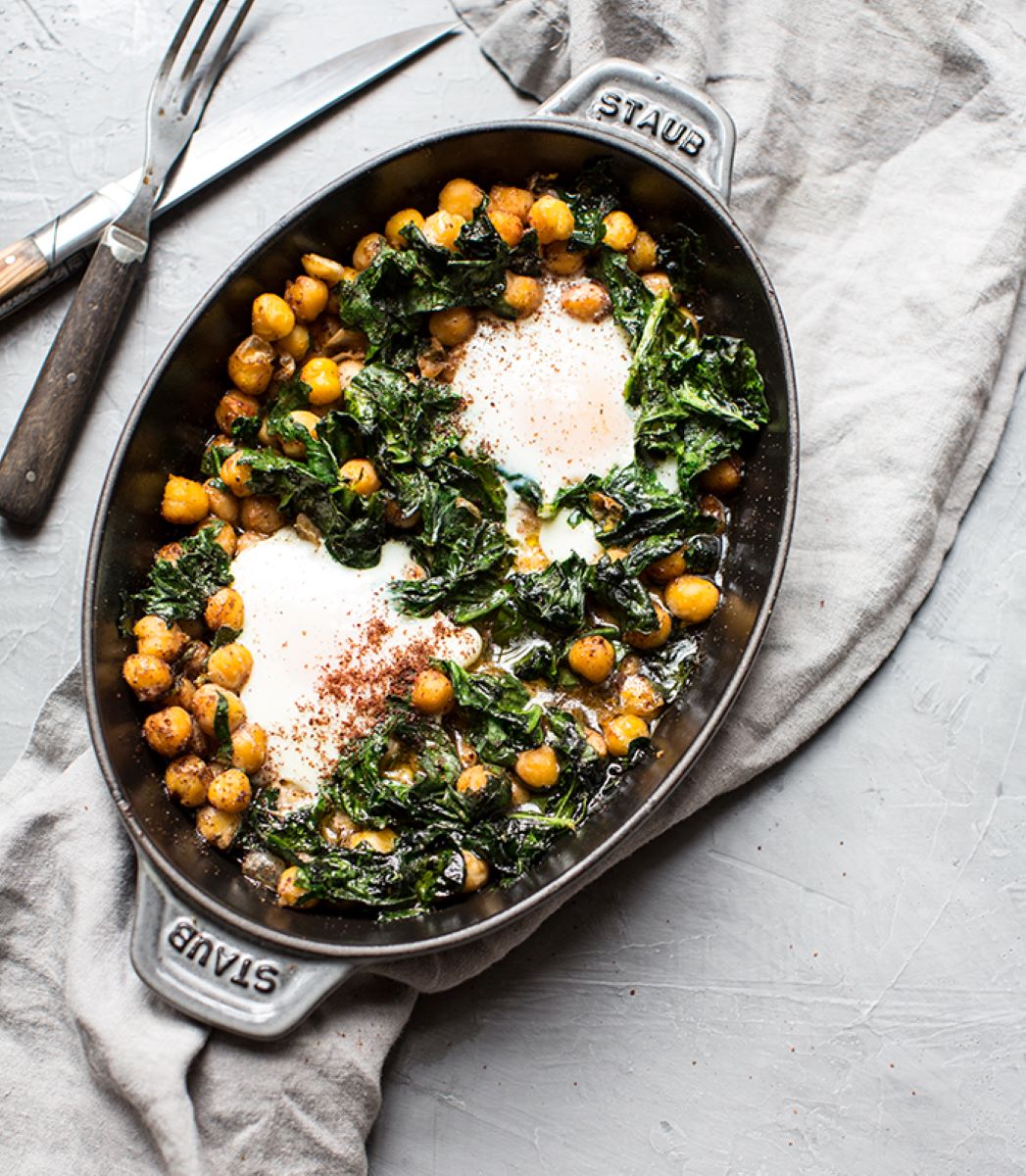
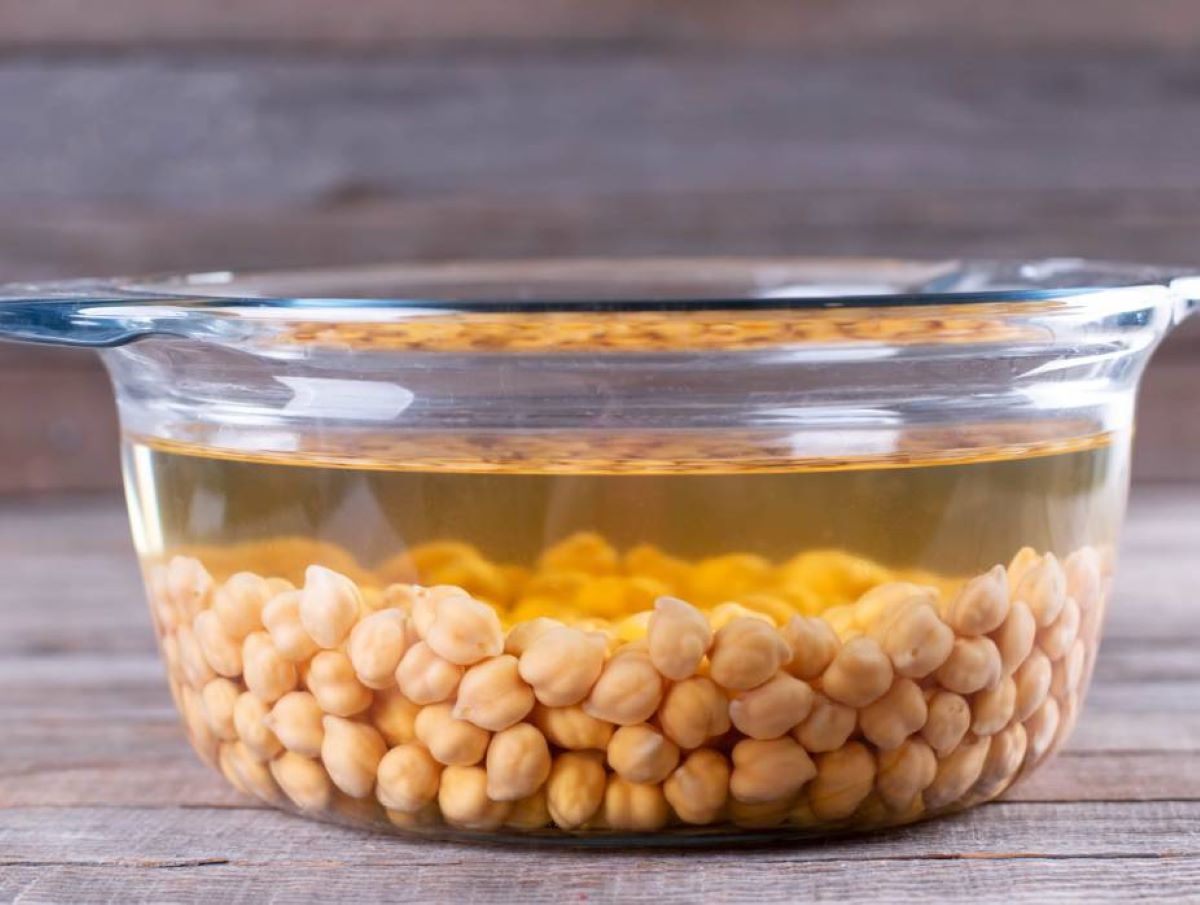
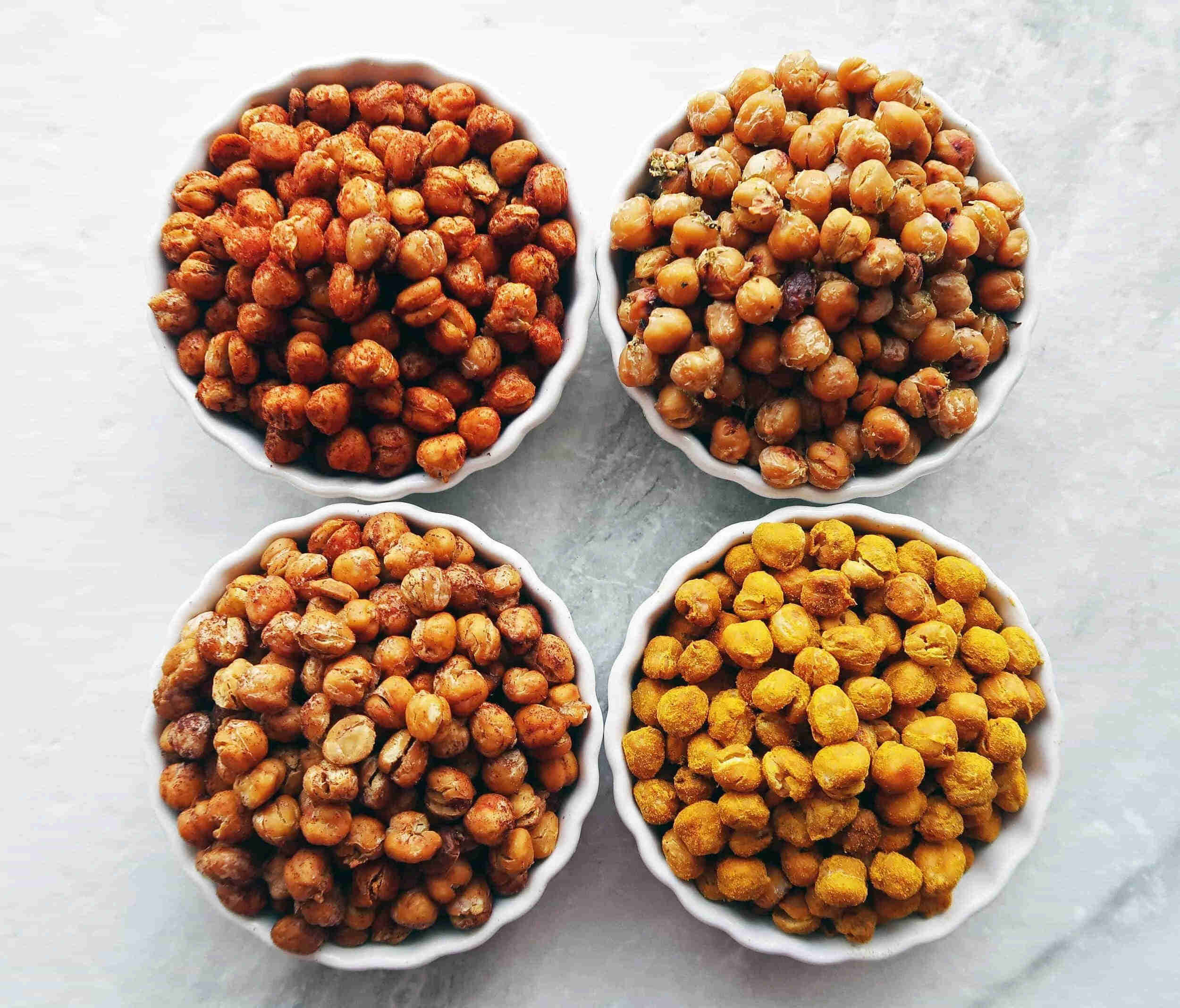
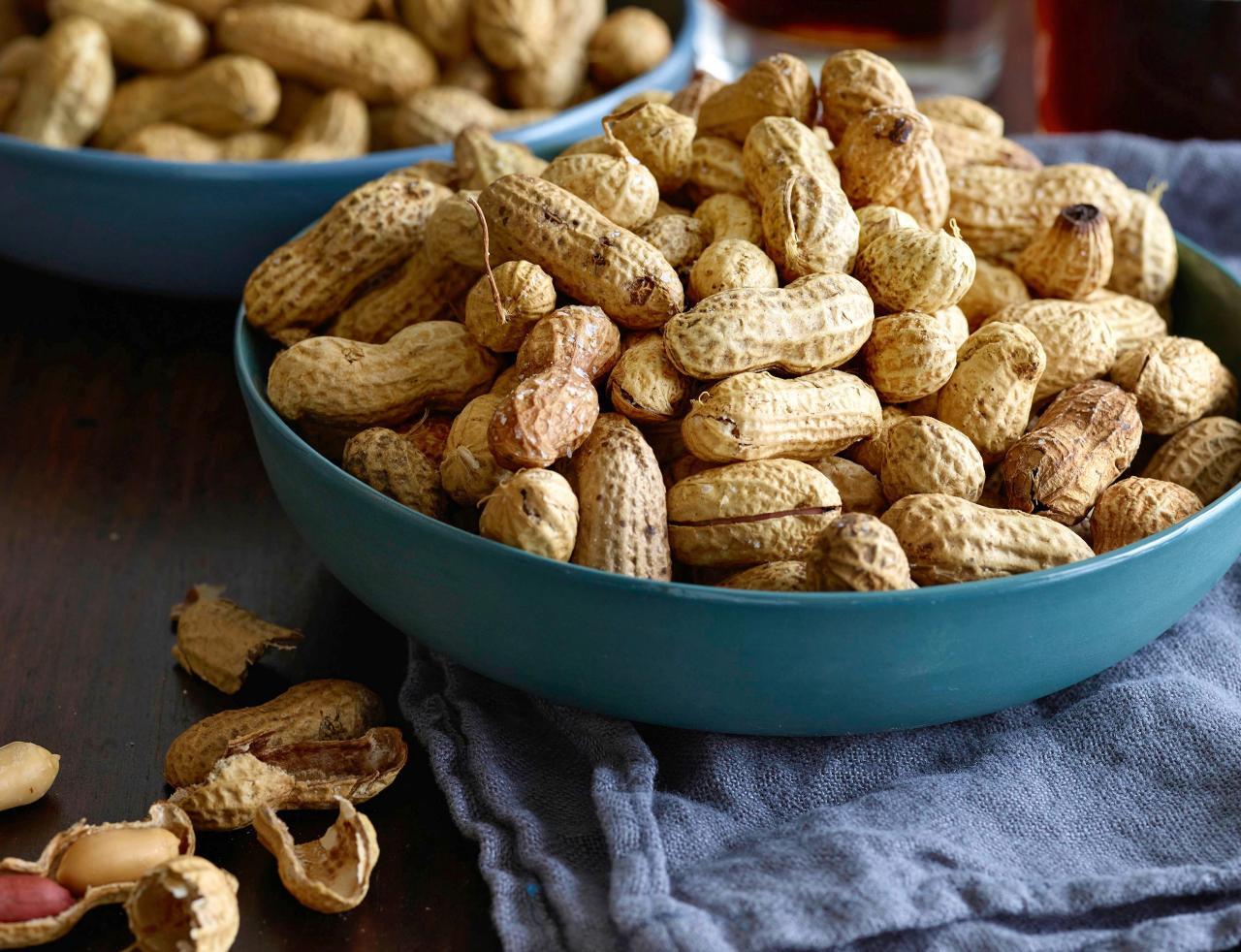
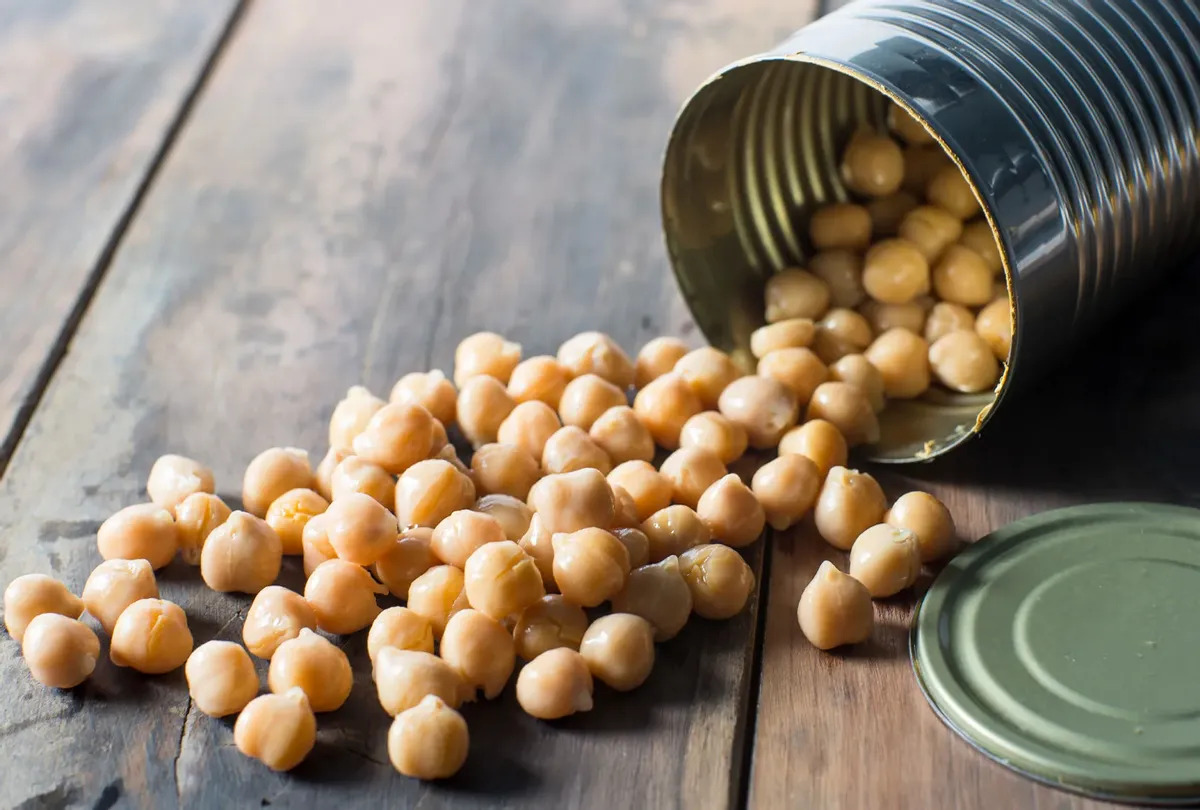
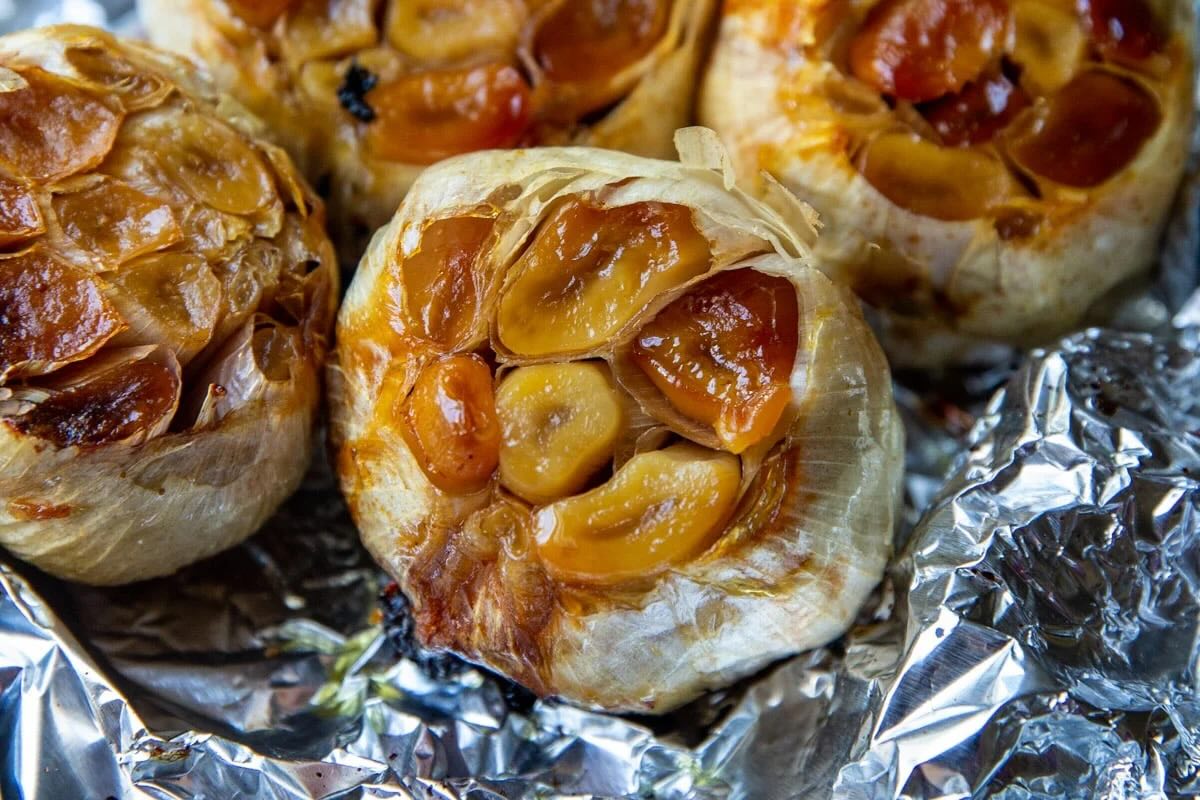
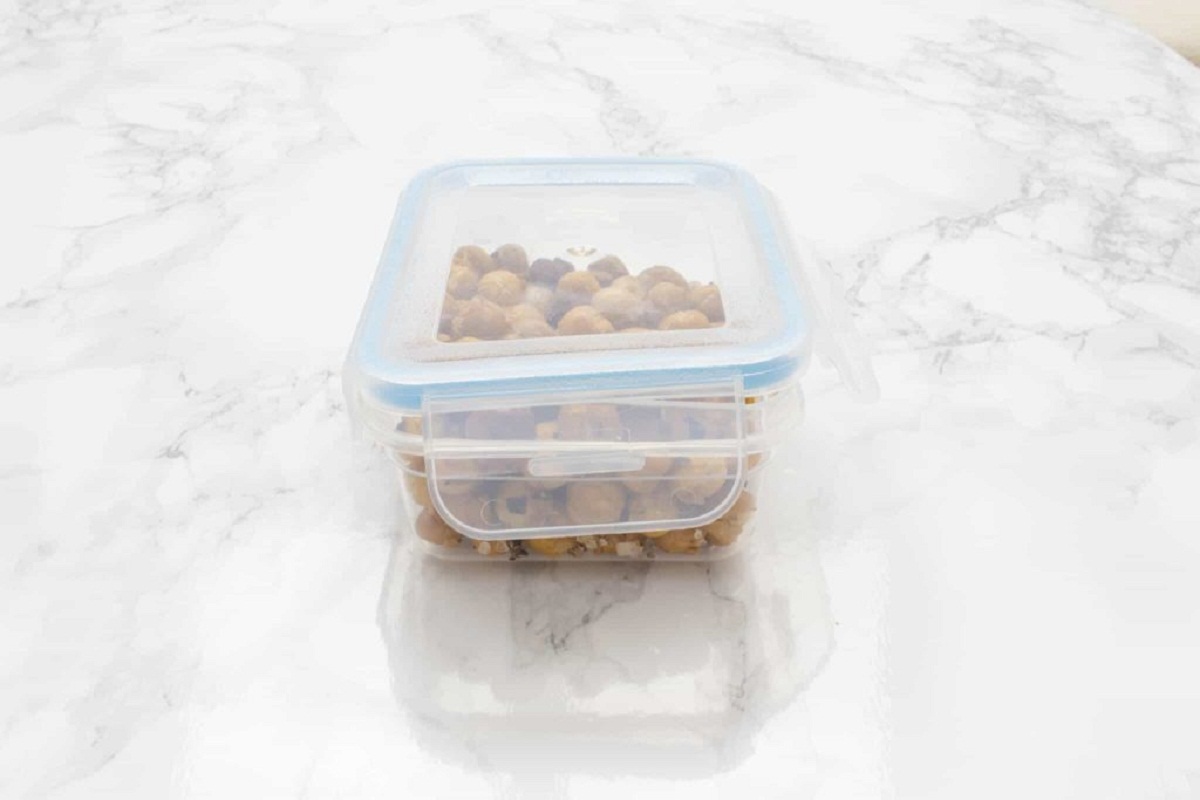
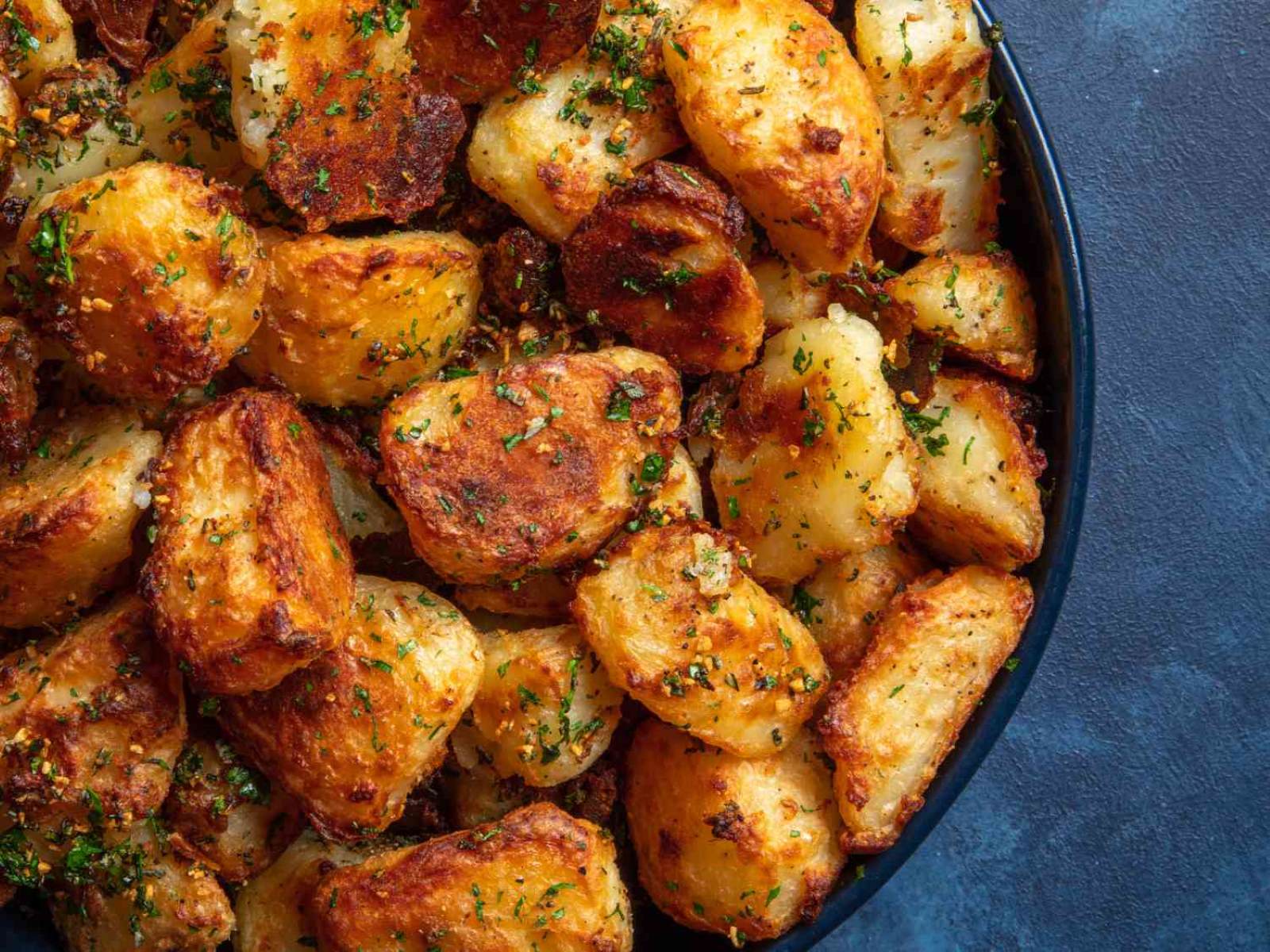
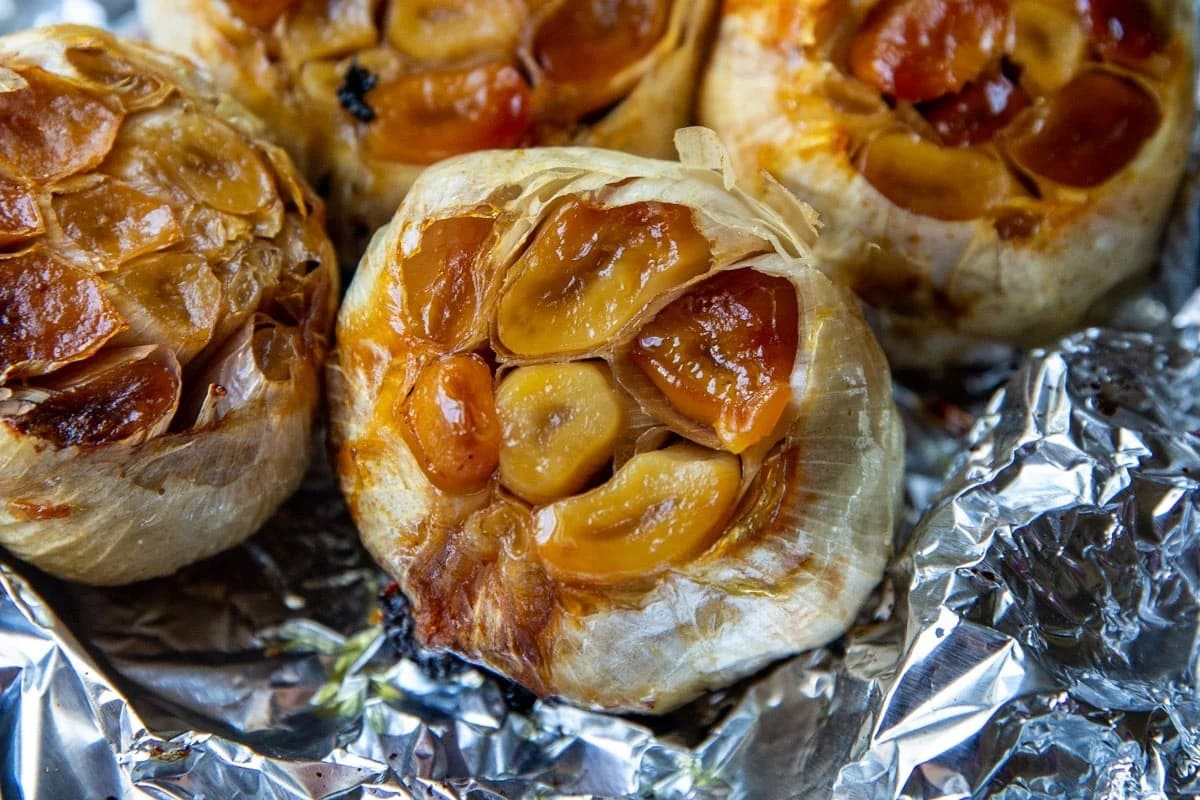
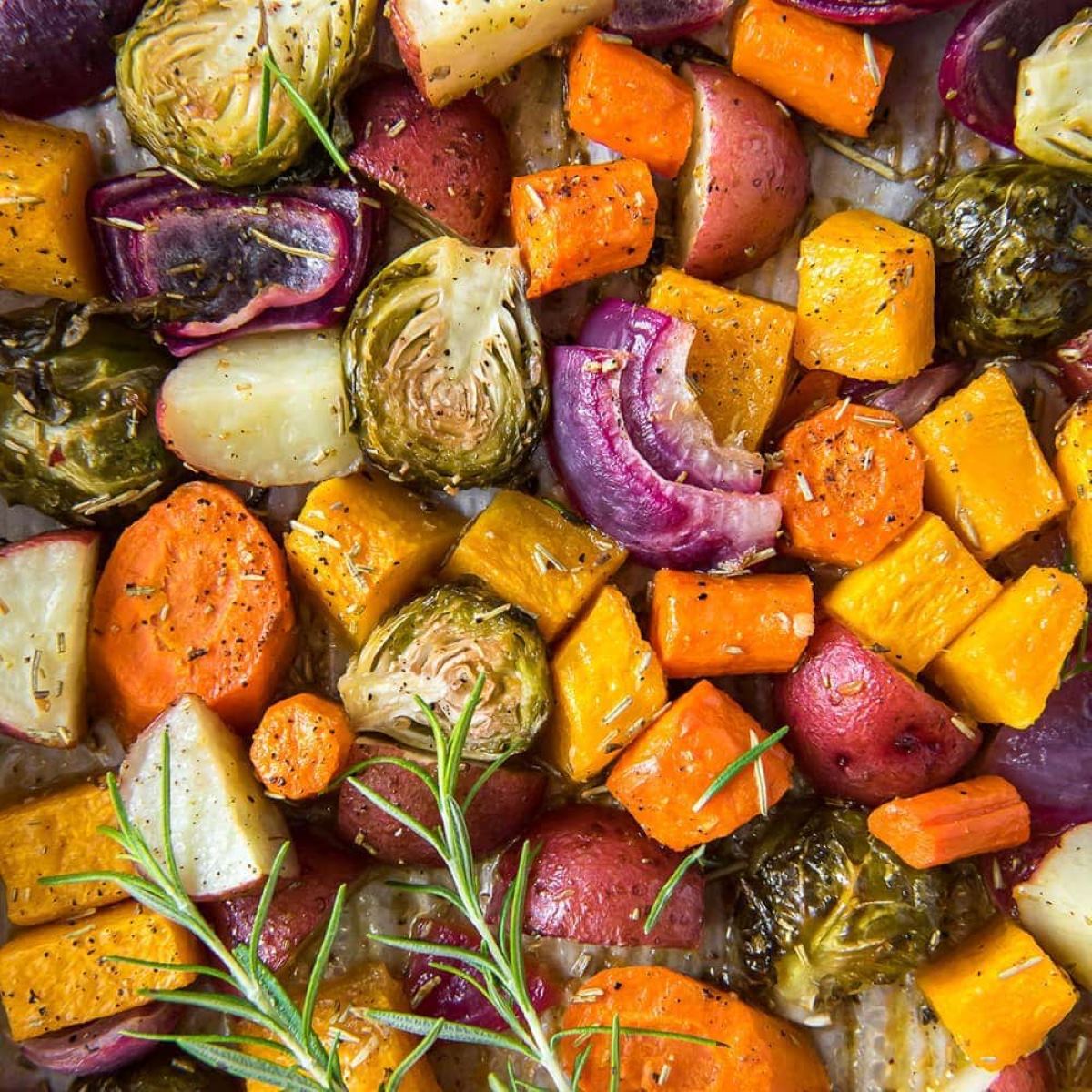
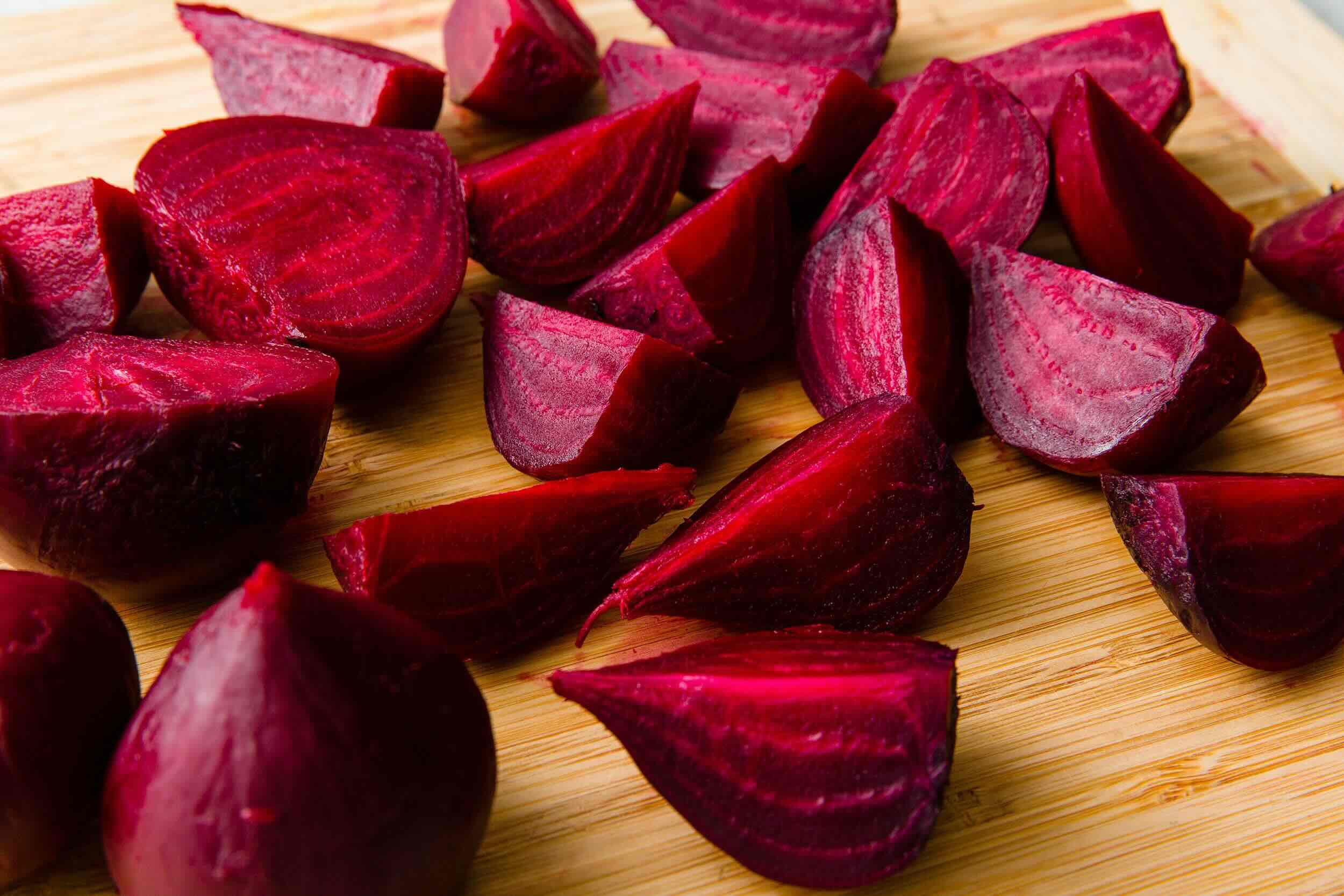
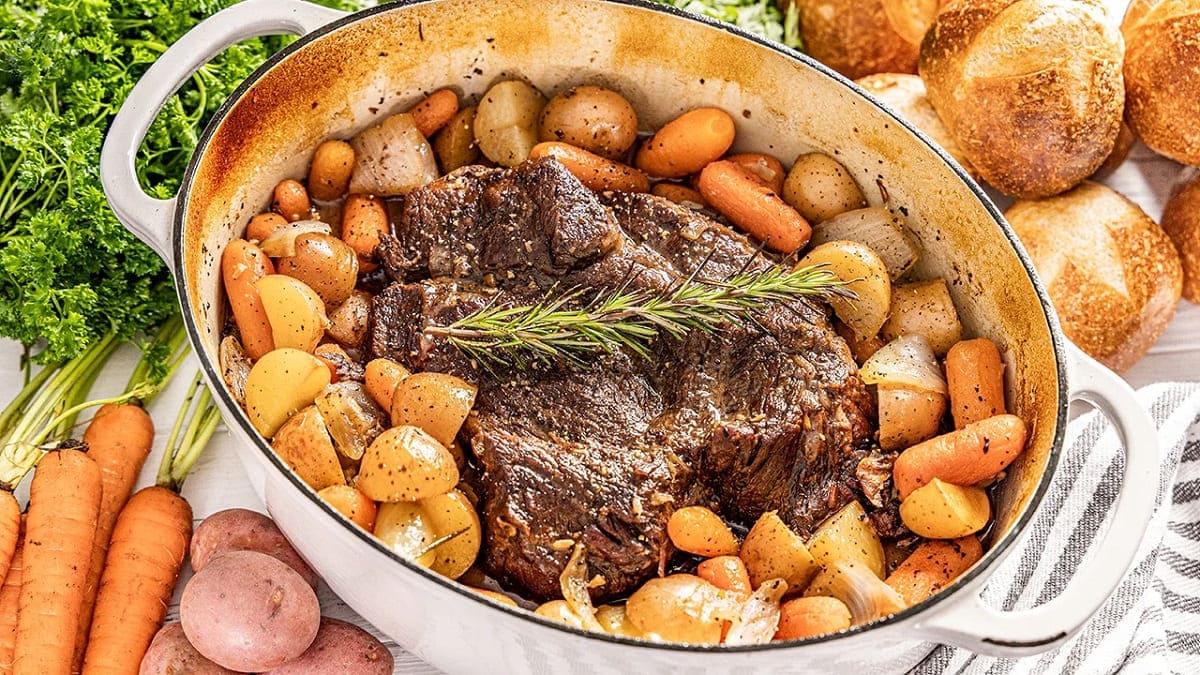
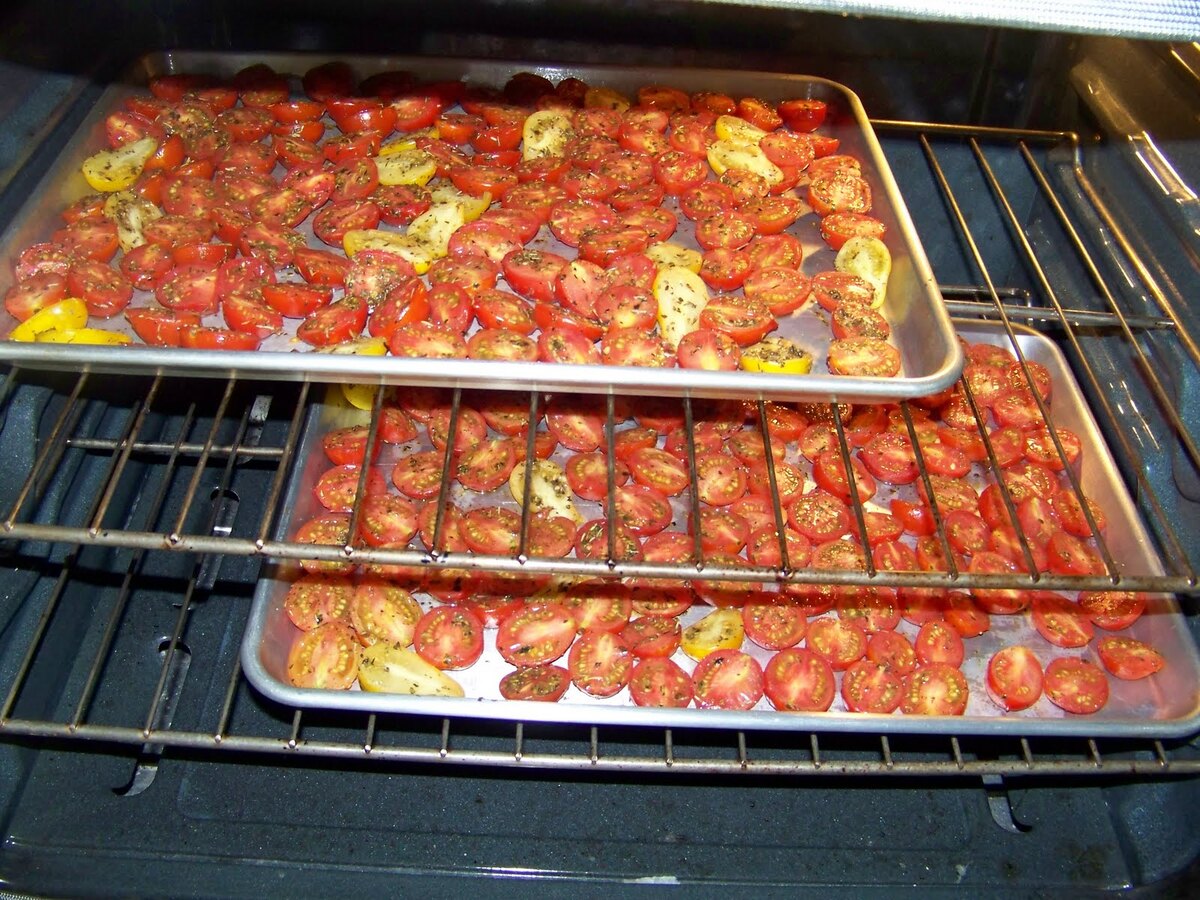
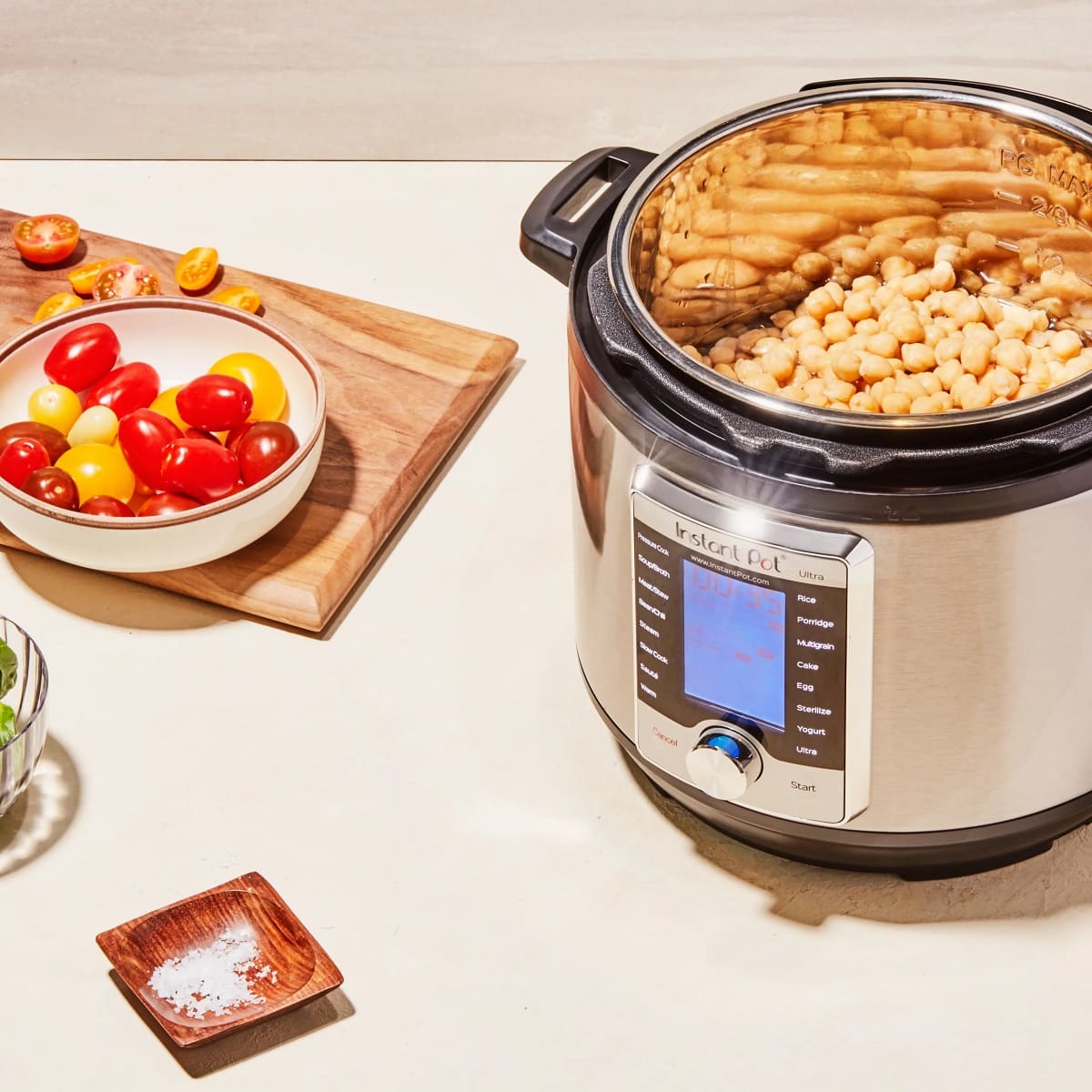

0 thoughts on “How To Store Roasted Chickpeas”